Google unveils its third suite of products with a focus on digital wellness
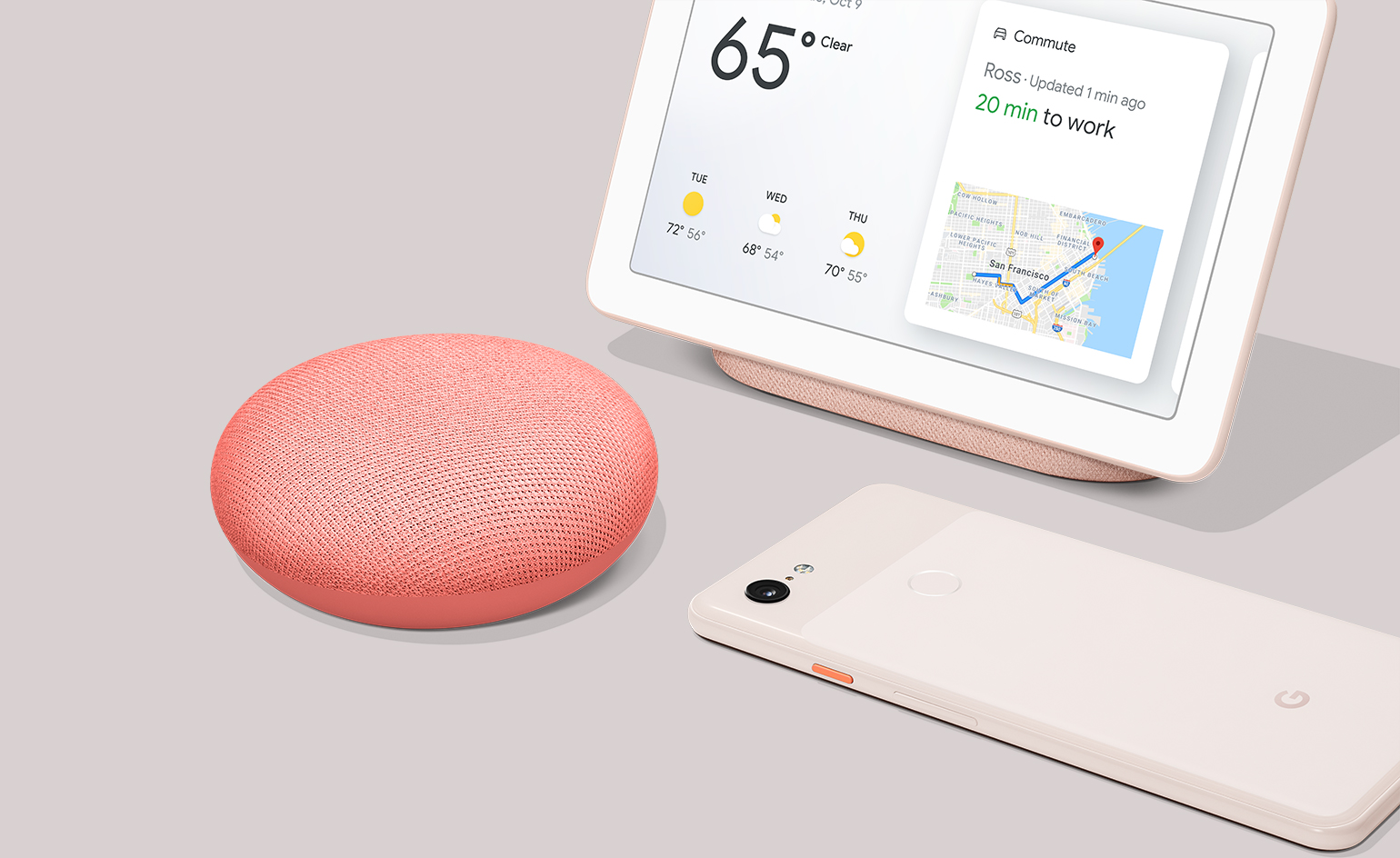
Two years ago, Google launched its first set of products under its new hardware arm Made by Google. The suite of digital tools arrived with game-changing software and AI that offered us a Google lifestyle that challenged competitors like Apple and Amazon. This year, the tech giant is celebrating its 20th anniversary, and with it, its third wave of life enhancing launches – Pixel 3, Google Pixel Slate and Google Home Hub.
Google shook things up this year, swapping its global conference location from the Mountain View HQ to New York City, but they still served up its ethos across multiple screens that this technology will ultimately help your life. The new collection follows on from the brand’s inaugural Salone del Mobile project earlier this year at Rossana Orlandi that firmed its place in the design world with a show on how hardware can seamlessly integrate with our lives. Spearheading the design department for the past four years, Head of Design Ivy Ross and her team were given appraisal early in this year’s hardware keynote in a video where Ross explains that Google’s design aesthetic has soft circles and curves for the user to get close to the technology that, she says, ‘will eventually be invisible.’
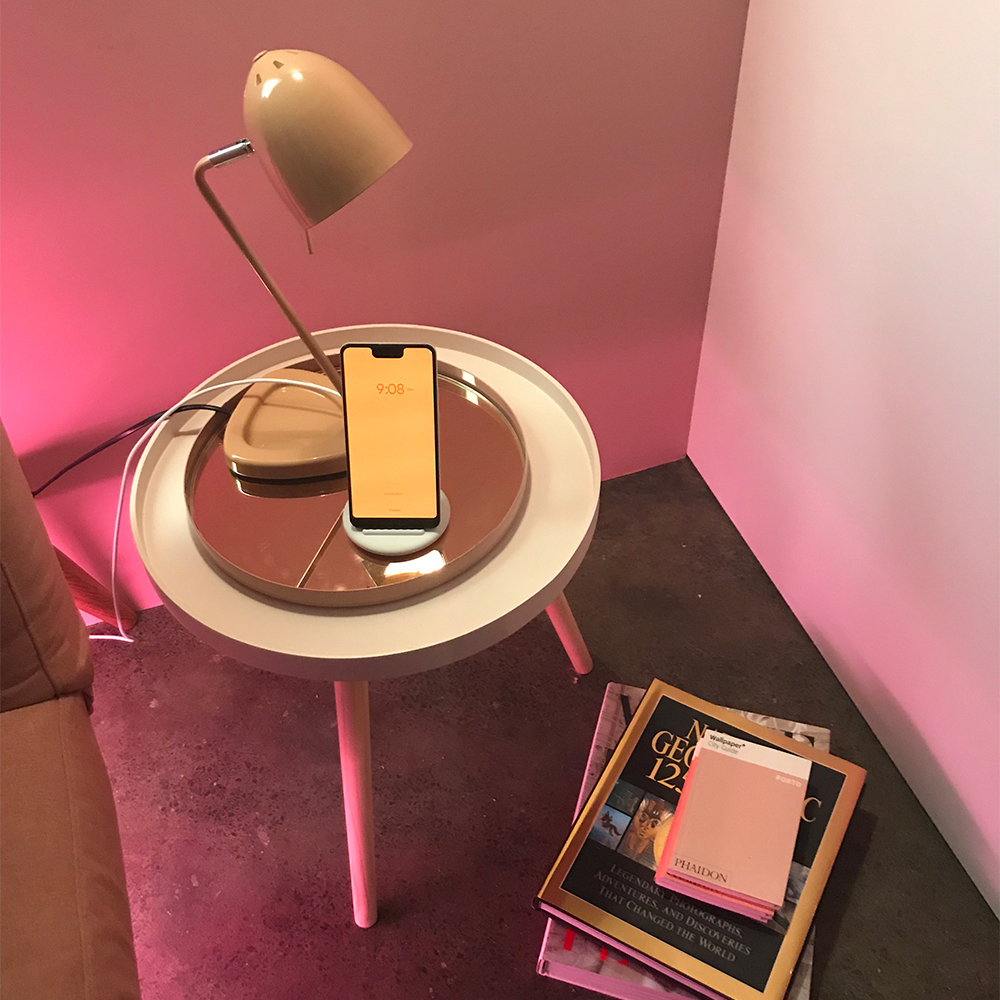
Google showcased the ambient colours of its new Digital Wellbeing software inside an equally dimly lit room
As the presentation continued, it became clear that Google isn’t ignoring the social climate and the need for a digital detox, shown in the launch of new wellness software for Pixel phones, dubbed Digital Wellbeing. Offering a smoother journey to the ‘do not disturb’ button, the software knows to mute notifications when the screen is facing the table, and allows us to monitor app usage time. Meanwhile the new wireless charging system, Pixel Stand, offers an ambient visual alarm system to appear on your phone slowly displaying gradient tones of the sunrise moments before the sound hits.
These wellness features join new hardware that includes the company’s first tablet, Google Pixel Slate, and Pixel 3, the latest smartphone that contains an impressive new wide angle camera among other nifty new functions, and Google Home Hub that is a compact smart home, but with a floating visual display. All the designs are imbued with soft edges, bespoke textures and muted palettes, plus playful extras like brightly hued buttons on the Pixel 3, keeping in line with Google’s well known vibrant design style that Ross describes as ‘bold and optimistic.’
Google is a relative newcomer to the hardware game, and it was sure to communicate that while the new technology could improve our lives, it was not here to take control; ‘we love working on really hard problems that make life easier for people, in big and small ways,’ mused Rick Osterloh, vice president of Hardware at Google.
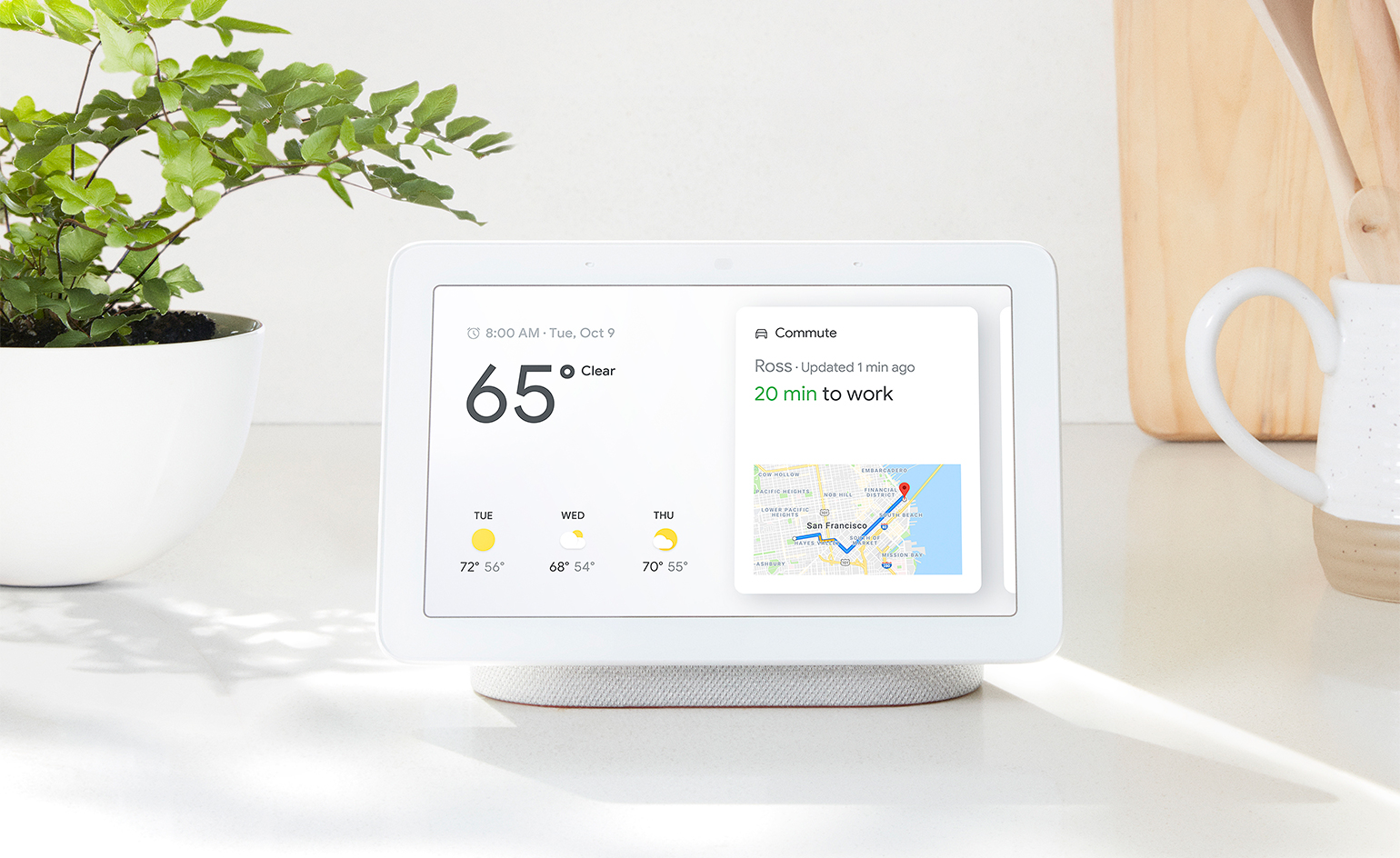
The new Google Home Hub that includes floating visual display
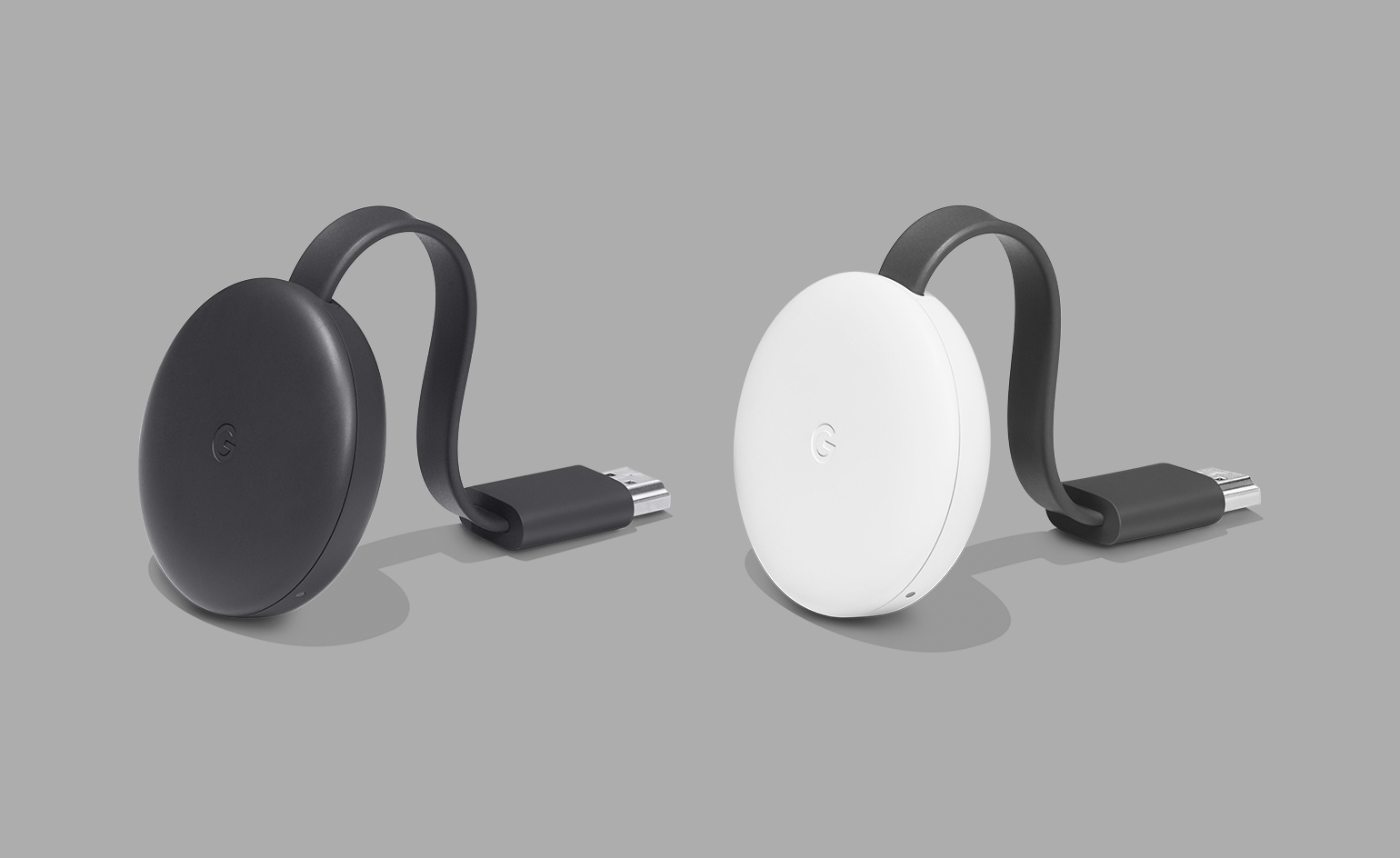
The latest generation of Google Chromecast that boasts a faster performance in its discreet design
INFORMATION
For more information, visit the Google store website
Receive our daily digest of inspiration, escapism and design stories from around the world direct to your inbox.
Sujata Burman is a writer and editor based in London, specialising in design and culture. She was Digital Design Editor at Wallpaper* before moving to her current role of Head of Content at London Design Festival and London Design Biennale where she is expanding the content offering of the showcases. Over the past decade, Sujata has written for global design and culture publications, and has been a speaker, moderator and judge for institutions and brands including RIBA, D&AD, Design Museum and Design Miami/. In 2019, she co-authored her first book, An Opinionated Guide to London Architecture, published by Hoxton Mini Press, which was driven by her aim to make the fields of design and architecture accessible to wider audiences.
-
 Aussie vibes meet Parisian grandeur? This Sydney apartment pulls off the unlikely combination
Aussie vibes meet Parisian grandeur? This Sydney apartment pulls off the unlikely combinationLongtime clients of Dylan Farrell Design trusted the studio to go bold with the gut renovation of their Sydney flat – now an intriguing study in contrasts
-
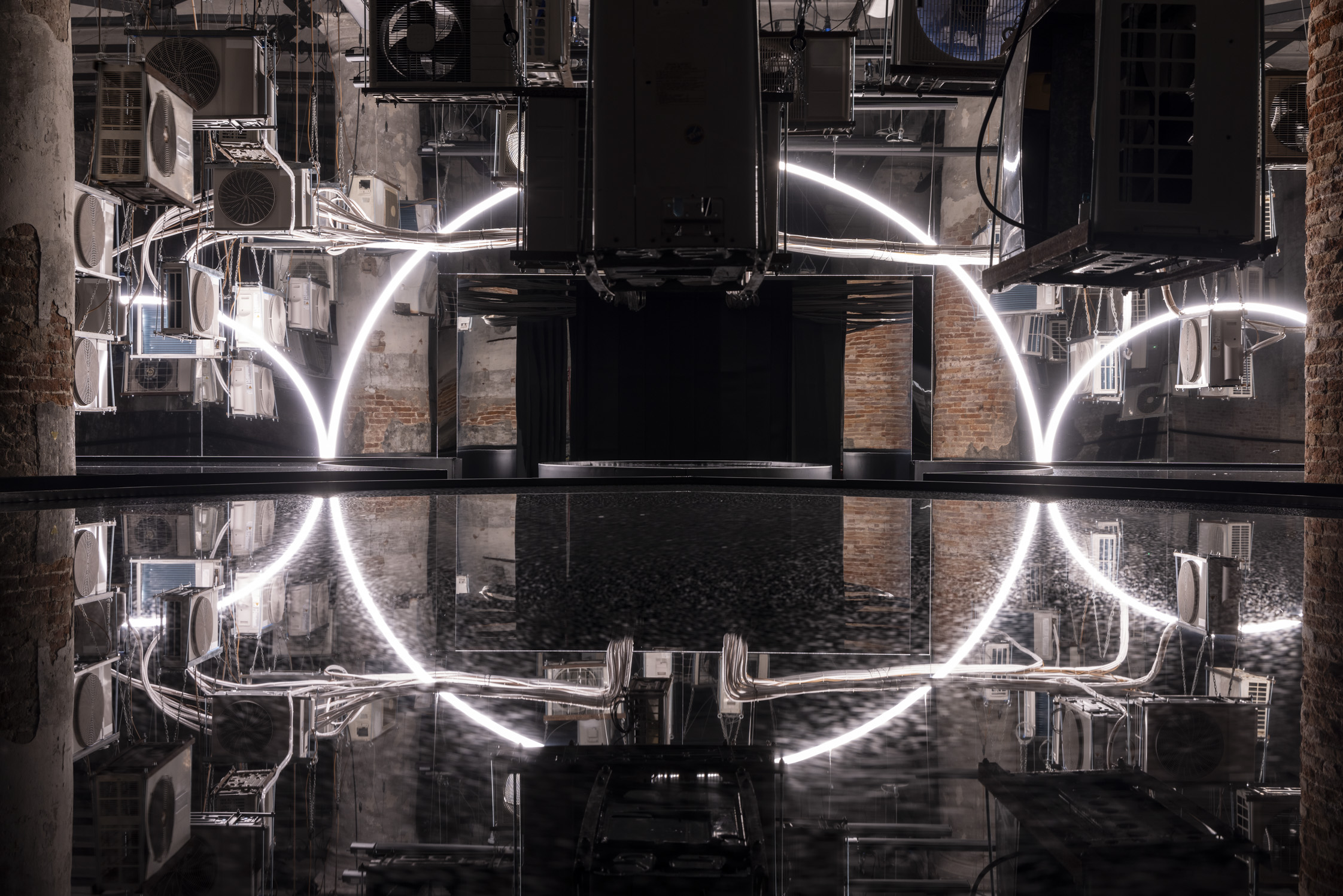 Carlo Ratti reflects on his bold Venice Architecture Biennale as it closes this weekend
Carlo Ratti reflects on his bold Venice Architecture Biennale as it closes this weekendThe Venice Architecture Biennale opens with excitement and fanfare every two years; as the 2025 edition draws to a close, we take stock with its curator Carlo Ratti and ask him, what next?
-
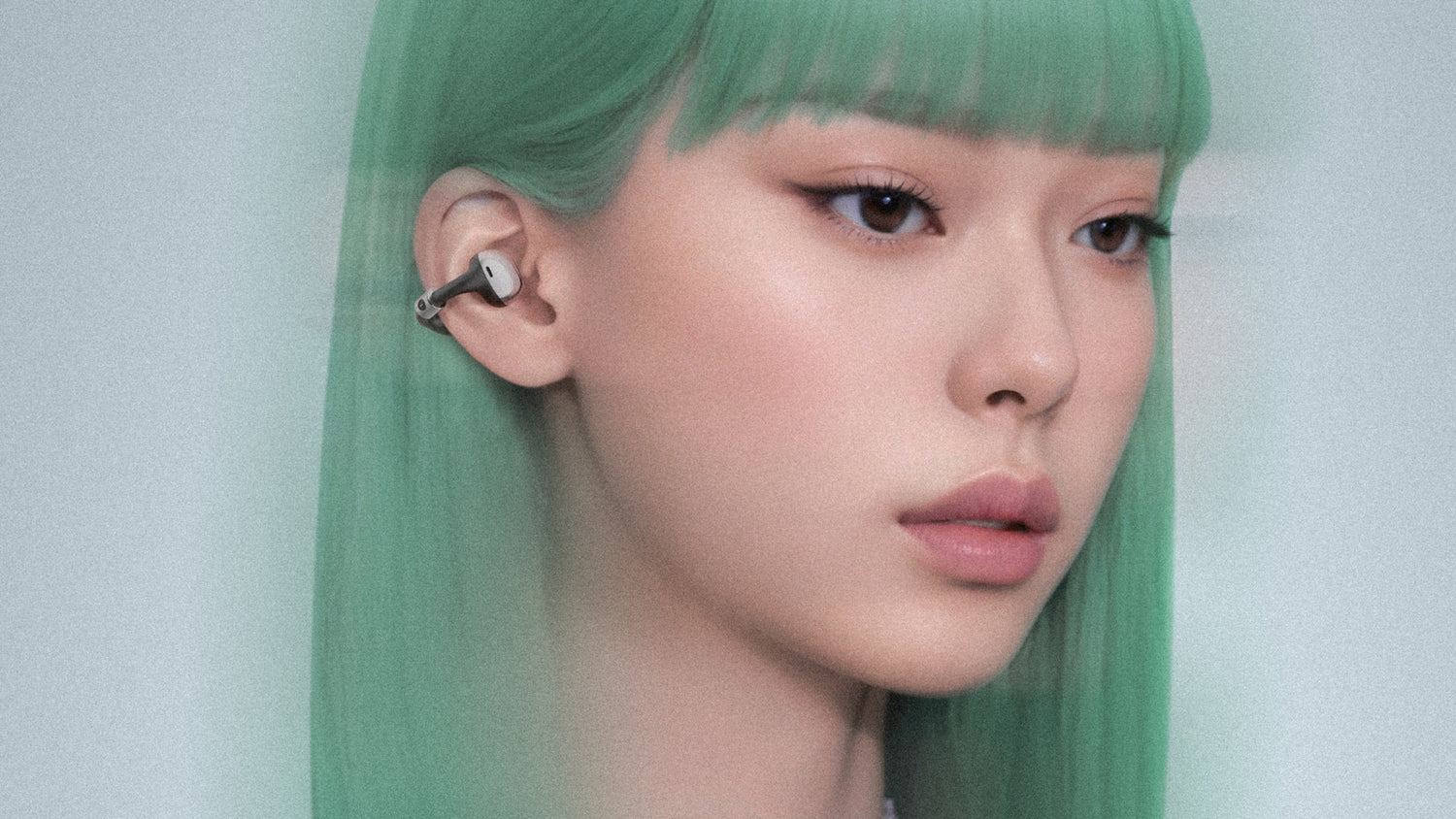 From smart glasses to ‘empathy’ machines: what AI gadgets get right (and very wrong)
From smart glasses to ‘empathy’ machines: what AI gadgets get right (and very wrong)From furry friends to smart glasses, we test the latest AI gadgets promising to enhance your life
-
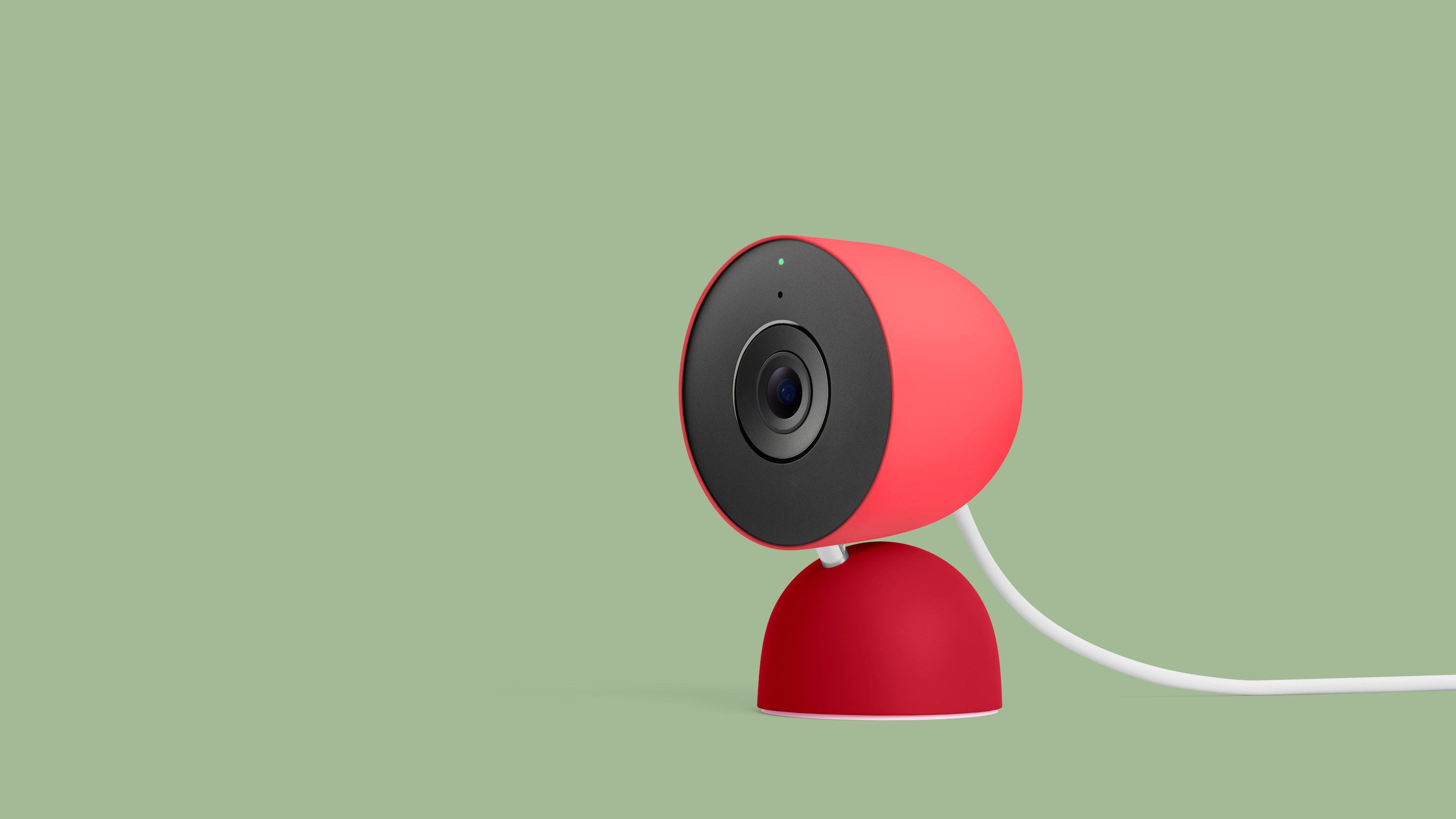 Google Home gets a glow-up as Gemini joins the party with its uncanny observational skills
Google Home gets a glow-up as Gemini joins the party with its uncanny observational skillsYour smart speaker becomes sentient and you now have your own NSA-grade domestic surveillance set-up. Welcome to the terrifying power of Gemini-enabled Google Home
-
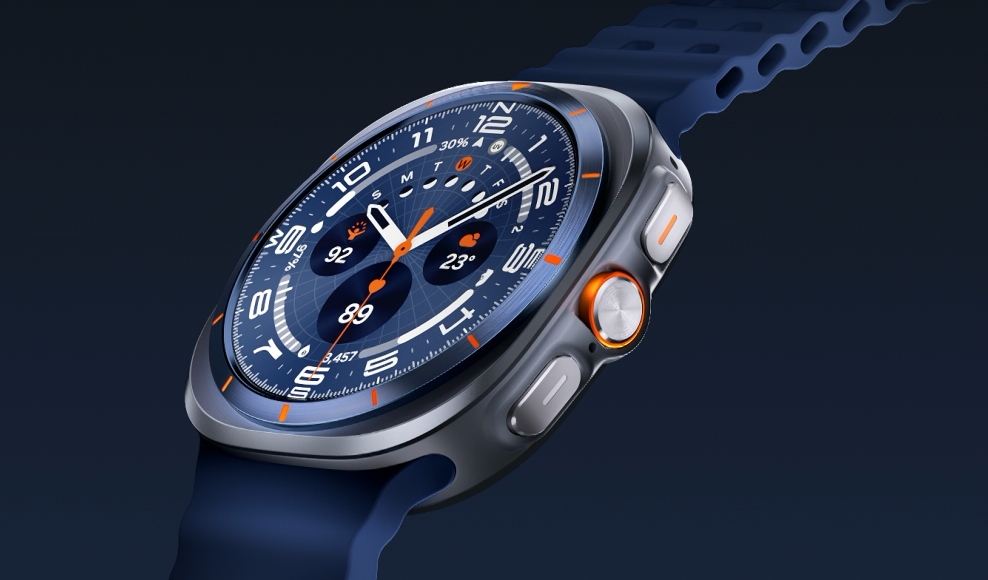 12 new watches and wearables offer a high-tech take on time and tracking
12 new watches and wearables offer a high-tech take on time and trackingFrom conventional smart watches to specialist applications and even solar system exploration, we present twelve ways of transforming your wrist into a source of inspiration and information
-
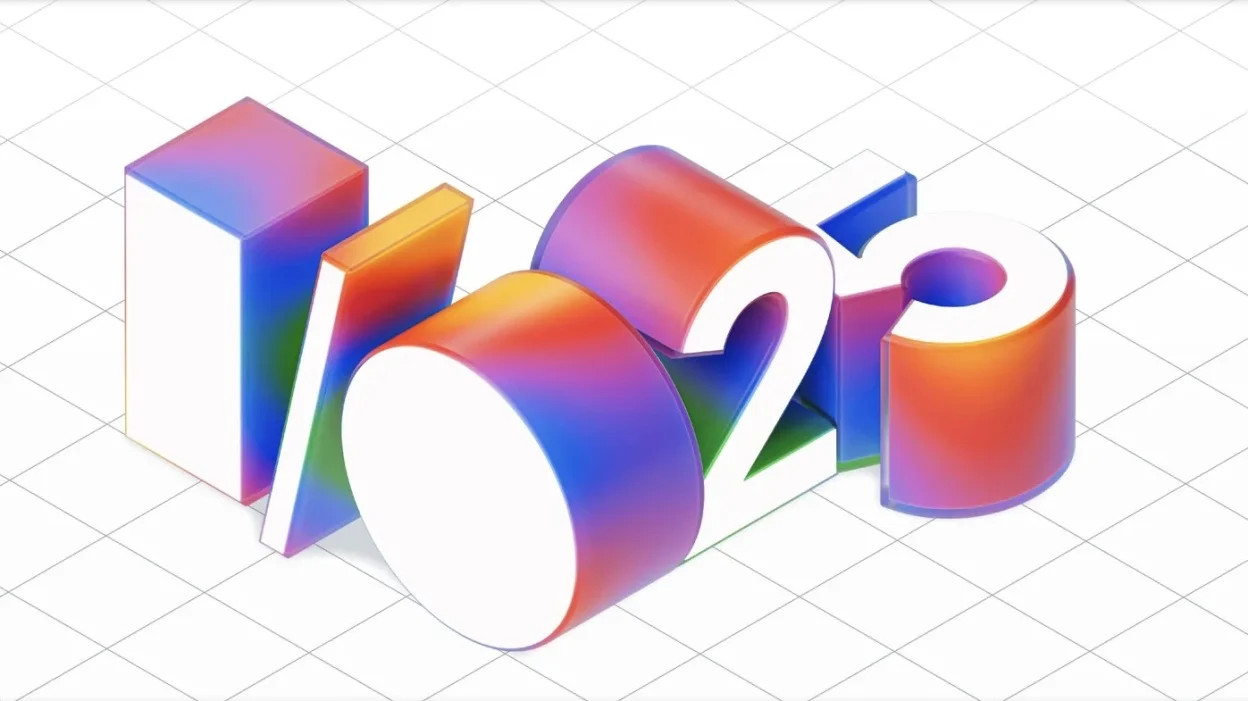 Google I/O 2025 melded light-touch UI interactions with an enhanced AI-driven core
Google I/O 2025 melded light-touch UI interactions with an enhanced AI-driven coreWe take stock of Google’s new AI offerings. Under a new Material 3 Expressive aesthetic that softens and smooths, AI arrives to take stock of you, your choices, desires, innermost thoughts and exactly what it is you want for dinner
-
 Microsoft vs Google: where is the battle for the ultimate AI assistant taking us?
Microsoft vs Google: where is the battle for the ultimate AI assistant taking us?Tech editor Jonathan Bell reflects on Microsoft’s Copilot, Google’s Gemini, plus the state of the art in SEO, wayward algorithms, video generation and the never-ending quest for the definition of ‘good content’
-
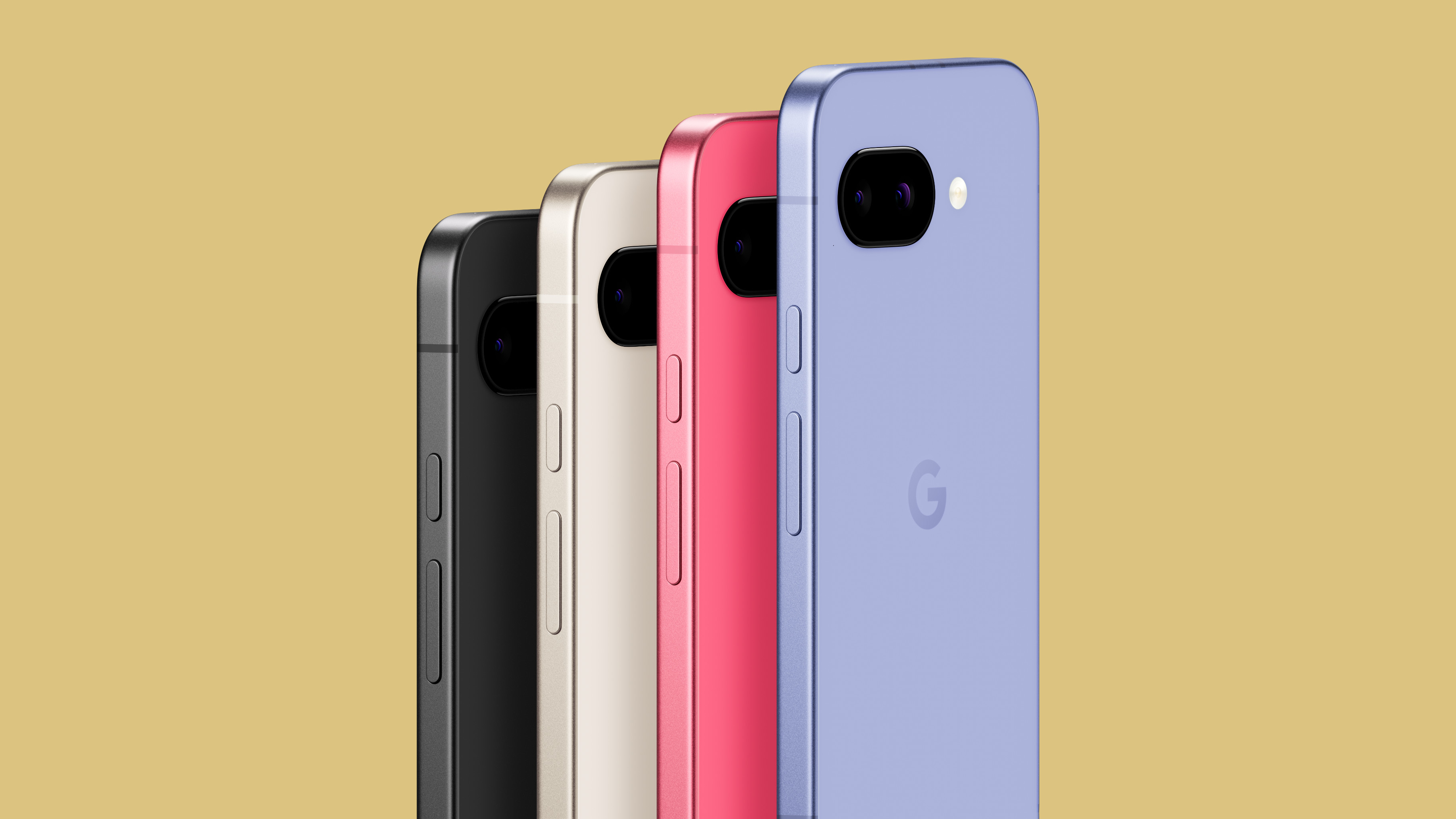 The new Google Pixel 9a is a competent companion on the pathway to the world of AI
The new Google Pixel 9a is a competent companion on the pathway to the world of AIGoogle’s reputation for effective and efficient hardware is bolstered by the introduction of the new Pixel 9a, a mid-tier smartphone designed to endure
-
 Artist Lachlan Turczan and Google's 'Making the Invisible Visible' at Milan Design Week 2025
Artist Lachlan Turczan and Google's 'Making the Invisible Visible' at Milan Design Week 2025All that is solid melts into air at Garage 21 in Milan as Google showcases a cutting-edge light installation alongside a display of its hardware evolution and process
-
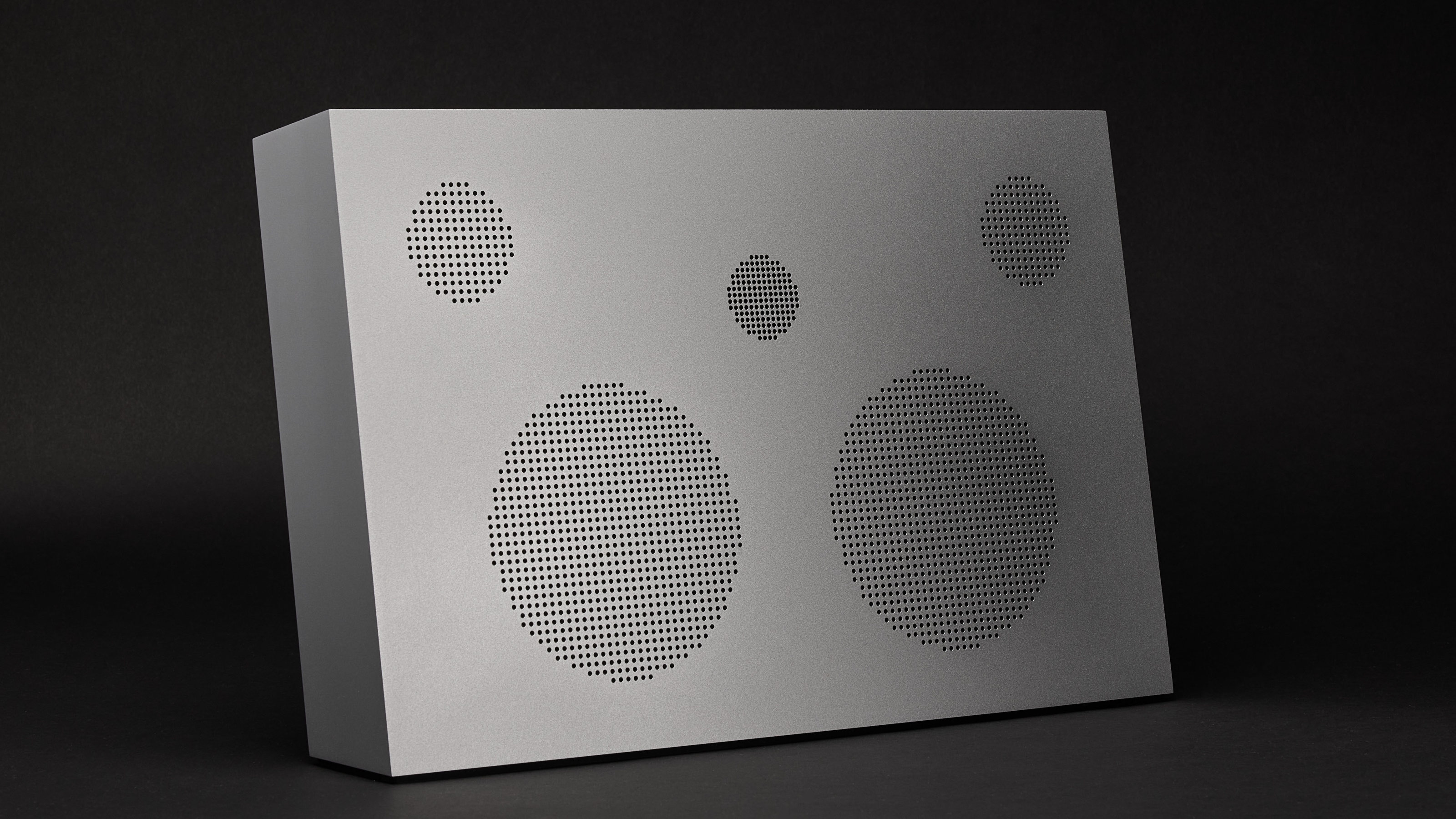 Year in review: top 10 audio acquisitions of 2024, as chosen by Wallpaper’s Jonathan Bell
Year in review: top 10 audio acquisitions of 2024, as chosen by Wallpaper’s Jonathan BellThe best audio technology of 2024, from pocketable earbuds to room-filling speakers
-
 Is the new Google Pixel 9 Fold Pro the ultimate do-it-all device?
Is the new Google Pixel 9 Fold Pro the ultimate do-it-all device?Google's Pixel 9 Pro and Pixel 9 Fold Pro go head to head in our hands-on test of the latest generation of AI-infused smartphones